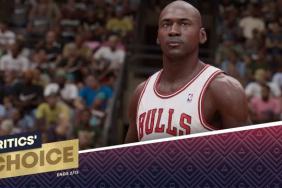Vault Dwellers, the time has finally come: we can discuss that Fallout 76 event from last week. The showing took place at the Greenbrier Resort in White Sulphur Springs, WV, which gave us quite a close look at the real region Fallout 76 is modeled after. But when all’s said and done, the trip…







